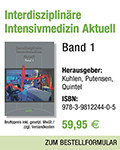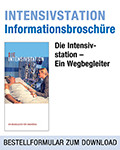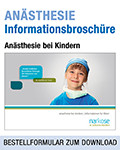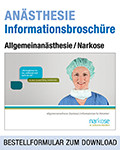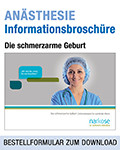

55. Jahrgang - Supplement Nr. 4 - Mai 2014
3-M syndrome
3-M syndrome
3-M syndrome is a recessive autosomal genetic growth disorder, characterized by significant pre- and postnatal growth retardation. It is listed as a rare or an “orphan” disease having a prevalence in Europe of less than 1 person per 2000 in the general population or affecting less than 200000 people in the US population, with fewer than 100 patients having been reported in the medical literature since 1975.
The name of the disease originates from the initials of the three authors, Miller, McKusick and Malvaux, who first reported the syndrome in the literature. The disease is caused by mutations in Cullin 7 (CUL7) gene on chromosome 6p21.1, in most cases, or in the Obscurin-like 1 (OBSL1) gene on chromosome 2q35-36.1 encoding a cytoskeletal adaptor protein. A third gene has recently been identified, encoding the Coiled coil domain containing protein 8 (CCDC8), on chromosome 19q13.32.
3-M syndrome is characterised by proportional but severely delayed growth, a process that begins in uterus. It results in an adult height of 115-150cm. Pre- and postnatal retardation is accompanied by specific facial and skeletal features and normal intelligence.
Craniofacial characteristics are: a triangular face, full eyebrows, a hypoplastic midface, a fleshy nose tip, upturned nares, long philtrum with a prominent mouth and lips and pointed chin. Head circumference often remains within the normal range, and in association with the prominent forehead, the impression of a disproportionately large head in comparison to body size is given.
Skeletal anomalies consist of prominent trapezii, short broad neck, deformed sternum, short thorax, square shoulders, winged scapulae, short 5th fingers, prominent heels, hyperlordosis and loose joints (dislocated hips). Spina bifida occulta is sometimes present at the lumbosacral level. The vertebral bodies are usually tall and foreshortened; the long bones are cylindrical with thin diaphyses. The pelvis is small with small iliac wings.
A specific indication for surgery is bone lengthening. Medical treatment with growth hormone, although usually administered does not seem to be efficient. Hypergonadotropic hypogonadism is present in boys.
There are only two bibliographic references of anaesthesia in patients with 3-M syndrome. The anaesthetic assessment and management of a 6-year-old boy undergoing inguinal hernia repair suggested no evidence of anaesthetic implications of the syndrome during childhood. However, the case of a young, pregnant female with 3-M syndrome undergoing caesarean section, revealed airway management difficulties, caused by the anatomical features of the syndrome, the pregnancy or a combination of both.






